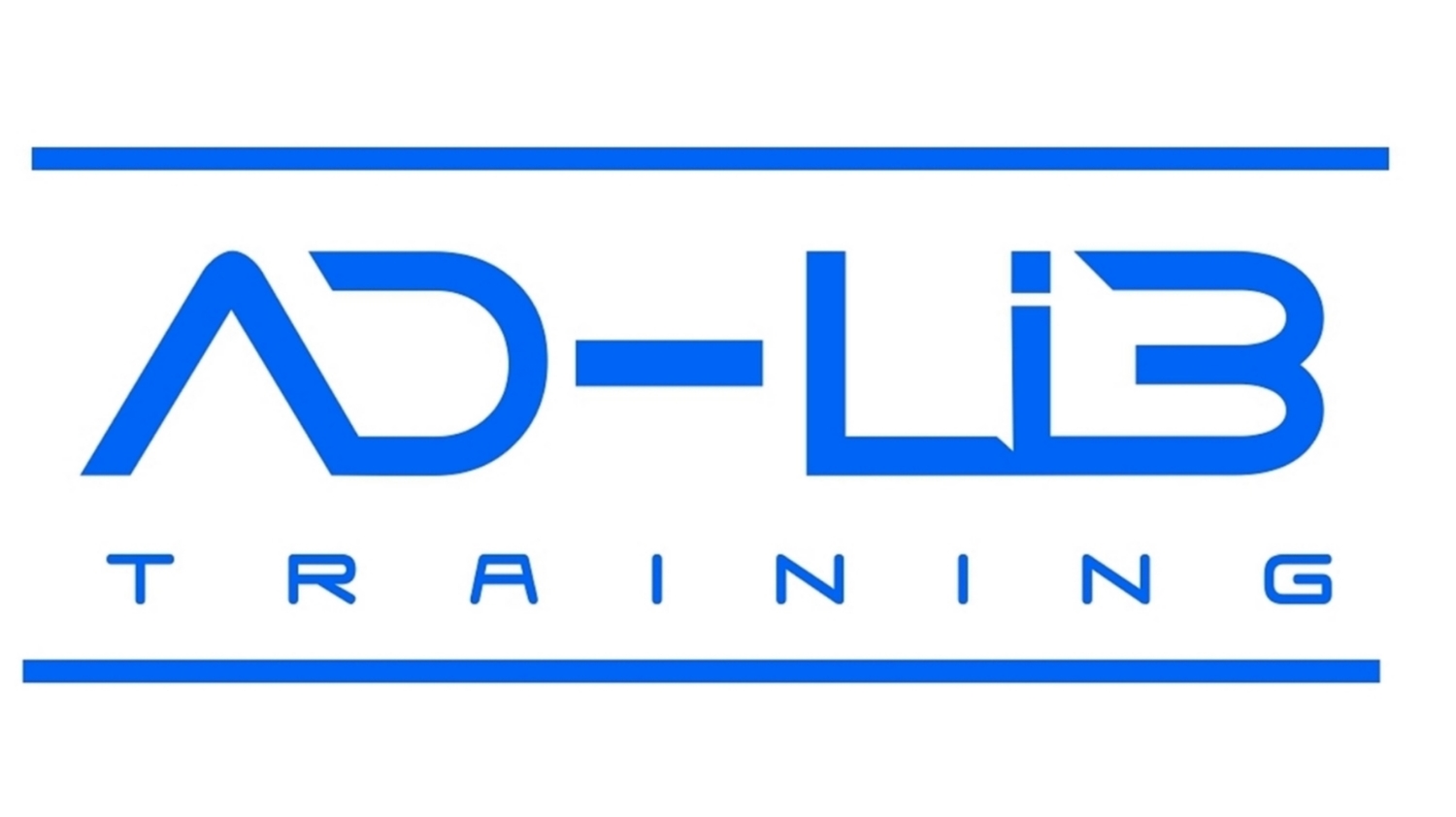The pandemic has made many non-exercisers realise the importance of being healthy to help fight infection and to build a strong immune system. Now we are allowed to exercise in the gym and obviously outside, instructors need to be prepared to work and motivate new exercisers. It seems timely to revisit a blog Robin Gargrave first published in 2017. It seems even more relevant now.
Starting an exercise programme for a non-exerciser represents a major change in behaviour and as such will be a challenge. For many, the greatest challenge is actually starting the programme. Contemplating exercising and going through decisional balance, building self-efficacy and confidence are all things that a skilled instructor can assist the non-exerciser with. However the reality is that most exercise leaders and instructors only get to meet the new to exercise client once they turn up for the first session.
We know that exercise must be sustained in the long term as the fitness, health and well-being benefits are reversible should drop out occur. Thus the major preoccupation of the instructor should be exercise adherence for this population. Yet all too often we focus on progression via frequency, intensity, duration and type of exercise. In this blog we will look at these factors and examine their influence on likely exercise adherence.
Here are some factors that have been shown to positively influence exercise adherence:
Exercise Prescription: The CMO Guidelines for health benefits through physical activity (150 mins per week, active most days, moderate intensity etc.) are frequently not taken into account by instructors who try to prescribe based on ACSM Guidelines for the achievement of physical fitness. Yet even the health guidelines maybe a distant dream for people new to exercise. Something is better than nothing. Even 20 minutes once a week may make a reasonable start for those embarking on the course of a healthier and more active lifestyle
Exercise Frequency
Are people getting their health dose at the health club?
There’s no comprehensive data on intensity/duration of exercise, but frequency can be well tracked in terms of number of visits (Average 1.2 visits per week Dr Paul Bedford)
The classic prescription of 3 times per week has little value when it comes to exercise adherence. Dishman et al showed in their research that if people see exercise as an “event” IE something to look forward to and enjoy for its own sake they are more likely to adhere. So one per week is a great place to start and is also realistic. The other predictor of adherence is attendance becoming a habit. If people can do 5 days per week they are truly in the habit and are more likely to stick to their programme.
Exercise Intensity: High Intensity programmes present a strong negative association with attendance and adherence. The acute effects of vigorous exercise and DOMS are unpleasant and off-putting for those new to exercise. Moderate intensity can be pleasant fun and give real benefits. As Sport England said way back in the 70’s “It doesn’t have to be hell to be healthy!” Once people have the activity habit they can reset their goals to look at more fitness based challenges.
Duration: For the non-exerciser there is a direct relationship between the duration of the exercise bout (plus the time to get to, prepare and get home from a session) and the likelihood of adherence. There is nothing wrong with short duration workouts. Why do we always have to do an hour? Remember 10 minutes of continuous moderate intensity exercise counts towards the 150 mins per week for health and for those few who take to vigorous exercise quickly just 75 mins per week is all that is required for health protection and some research has shown that short high intensity workouts can lead to significant fitness gains.
Type: Empower clients with the ability to make their choice of exercise. Activity preference and enjoyment has a positive association with exercise adherence.
Goal setting: The problem is that non-exercisers who have found the means to start exercising are very keen and want quick results. Putting the brakes on can be a challenge. But realistic goal agreement based on SMART or POWER goals should help. If the client is asked what they want, the R for Realistic should be the priority if exercise adherence is to be more likely. Over estimating goals and subsequent failure to achieve the goal is the enemy of adherence.
By Denise Page
Want to know more about how Ad-Lib Training provide bespoke training to develop Physical Activity in local communities. Get in contact today info@adlibtraining.com hatever it is, the way you tell your story online can make all the difference.


